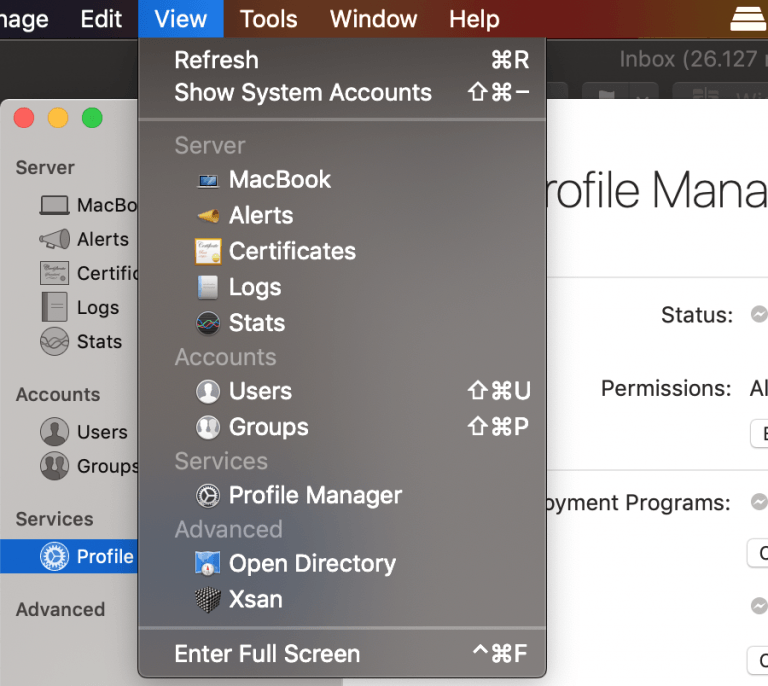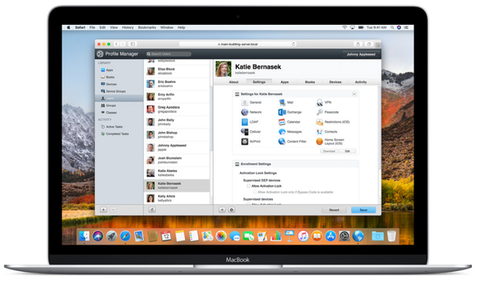


Warning: Experiment with this on an unimportant account or machine first I have not tested this. The online dscl(1) Mac OS X Manual Page.The manual page installed in every Mac ( man dscl).For better security do not provide the password as part of the command and you will be securely prompted. Passing passwords on the command line is inherently insecure and can cause password exposure. The exception to this is if "localhost" is specified. If the hostname or IP address form is used then the user must specify the -u option and either the -P of -p options to specify an administrative user and password on the remote host to authenticate with to the remote host. Node names may be absolute paths beginning with a slash ("/"), or relative domain paths beginning with a dot (".") character, which specifies the local domain, or ".", specifying the local domain's parent. This may be a node name or a Mac OS X Server (10.2 or later) host specified by DNS hostname or IP address. The dot after sudo dscl is the datasource is described in the ( dscl(1) Mac OS X Manual Page) as the following:ĭscl operates on a datasource specified on the command line. If you are not using any SSH session, or you cannot open a terminal window in the Mac OS X, but you can still access the server from another Mac, then the command is a little different.

The command -change requires the old value of the key being changed if you don't know the old value, then you cannot do anything. change /Users/ NFSHomeDirectory replace, , and with, respectively, the user name, the old home directory, and the new home directory. If this is the case, then execute the following command: sudo dscl.
MACOS SERVER OPEN DIRECTORY HOW TO
As you asked how to do it from the command line, I take you can open a SSH session for the Mac OS X server, or you can open a terminal window directly from the server.


 0 kommentar(er)
0 kommentar(er)
